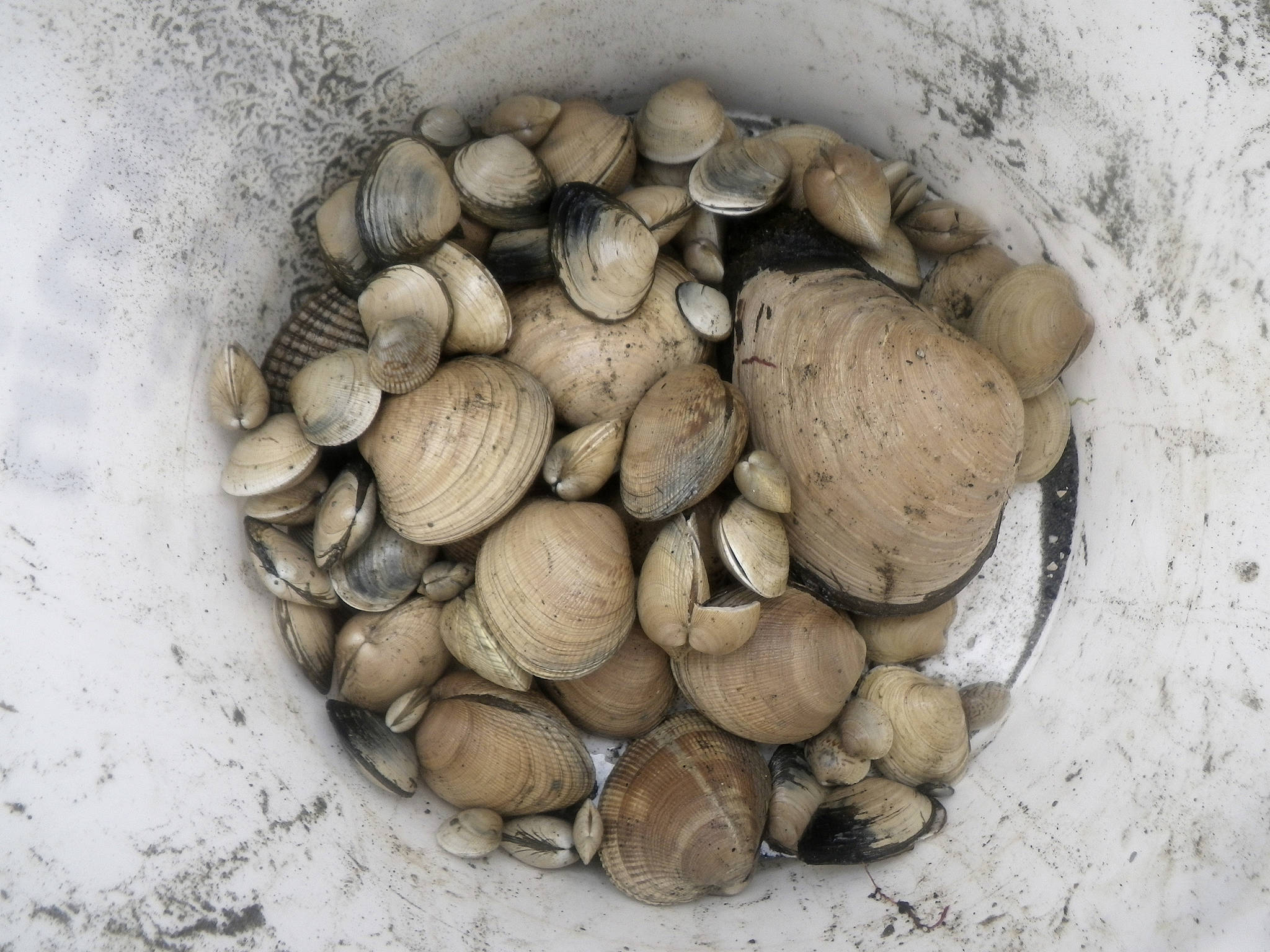by Russel Barsh
Kwiaht director
Clams dug from beaches in Fisherman Bay on Lopez Island and Fishing Bay in Eastsound have accumulated as much as one milligram per kilogram of the common household detergent, sodium lauryl sulfate. SLS and the closely related compound sodium laureth sulfate comprise about half of the detergent manufactured and sold in the United States. They have been replaced in some body care products because of irritation to skin, eyes and mucous membranes, but still dominate laundry and dish soaps.
The EPA’s National Secondary Drinking Water Standards recommend that detergents be kept below one-half of a milligram per kilogram. That’s for human health. The effect of this widely used detergent on the marine environment is not fully understood. Marine biologists have found that exposure even to low doses of SLS can slow the development of zooplankton, and impair the filtering capacity of clams, oysters and mussels, reducing their feeding and growth.
San Juan County’s stormwater program measured detergents in storm sewer outfalls for several years as part of a larger project to identify priority contaminants and establish a baseline for monitoring them. Detergent concentrations in storm sewers were considered too low to be of concern. Possible bioaccumulation in marine organisms was not investigated.
Measuring total detergents in water is relatively simple using the Methylene Blue method, first developed in the 1960s. It cannot detect very low concentrations of detergent, however, lower than 0.1 milligram per liter. More importantly, MBAS cannot be used to measure detergents in the tissues of animals such as clams.
Japanese researchers recently developed an antibody-based assay for detergents that can be used with methyl alcohol extractions from animal tissue. It’s extremely sensitive, too, and can detect as little as 0.01 milligrams per liter of extract. The antibodies are expensive, but Kwiaht’s analysis of detergent loading of island clams was supported by grants from the Rose Foundation and the National Fish and Wildlife Foundation.
Antibody assays confirmed that there is very little detergent in the islands’ stormwater, on the order of 10-20 micrograms per liter. Common “steamer” clams (Leukoma staminea) from Eastsound and Fisherman Bay beaches had 20 to 50 times that much detergent in their muscles. Although it has long been known that bacteria in wetlands and marine waters can degrade SLS and similar compounds to carbon dioxide and sulfates within a few weeks, apparently some SLS is taken up by filter feeders before it can be broken down naturally. Fisherman Bay mussels were on average only one-third as contaminated as clams. Mussels grow much faster, and live shorter lives, so they are not expected to accumulate as much contamination. The clams included in this study were at least twice as old as the mussels.
Residual detergent in shellfish probably does not affect their edibility by humans, at least not within the range observed in Fisherman Bay (0.2 to 1.2 milligrams per kilogram). More likely, detergent affects their growth and survival, and possibly the health of some animals that eat far more shellfish than we do, such as shorebirds. It would not be wasted effort to reduce outdoors use of cleaning products, as well as garden sprays that contain “sticker-spreaders” to make them more effective.
In summer, Kwiaht researchers plan to learn more by testing Eastsound and Fisherman Bay plankton for detergents. Presumably, filter feeders such as clams and mussels take up toxics from what they eat. Are plankton more contaminated later in the summer, when there has been very little rain but a great many boaters and other visitors?



